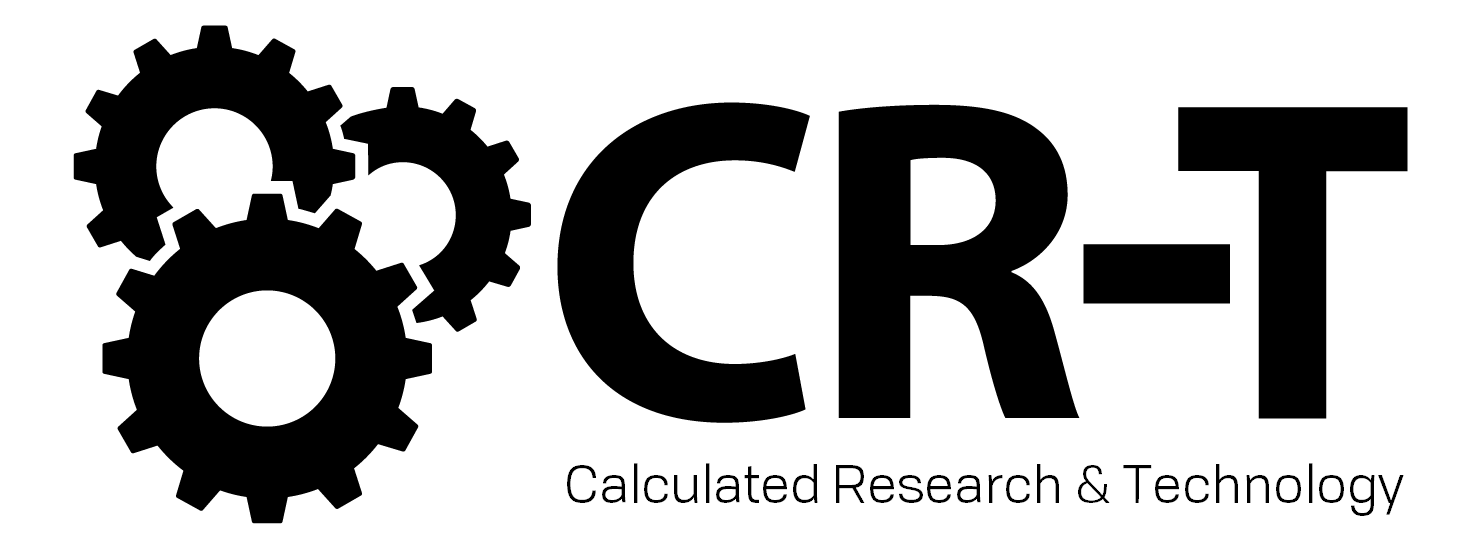One of the top reasons software projects fail is due to limited or unproductive communication. A lack of communication creates chaos within a team, often leading to unnecessary mistakes and confusion. On the other hand, too much communication can be distracting and affect your team’s productivity.
By creating a project communication plan, you can stay updated on your team’s progress while still maintaining efficiency.
Why a Project Communication Plan is Important
As the project manager, you’ve spent countless hours mapping out every task and deliverable to complete this project.
So why not do the same for project communications?
A project communication plan sets clear expectations for how and when updates will be shared. It keeps everyone on the same page and holds team members accountable for providing regular updates.
A communication plan also increases the effectiveness of your team meetings. By creating written documentation that everyone can turn to, you’ll no longer waste time in unnecessary meetings or wonder how the project is going.
Project Communication Methods
- Meetings (in-person, over the phone, or through video conferencing)
- Meeting summaries
- Status reports
- Formal presentations
- Discussion boards
- Collaboration apps
- Project dashboards
- Surveys
- To-do lists
How to Write a Project Communication Plan
Now that we’ve established the importance of regular structured communication, it’s time to write your own project communication plan!
The following steps are a great place to start:
- Choose a format. Create and store your plan using a format that will make it easily accessible to the members of your team and relevant stakeholders. Many project managers create their communication plan on a word document or spreadsheet, but you might also consider using a more visual option, such as a timeline or flowchart.
- Define your communication goal. Whatever you hope to achieve by creating a communication plan, the first step is writing that goal down. Your goal might be as simple as making sure the stakeholders are updated on the status of your project. Or maybe your goal is to focus on the project’s benefits so your stakeholders will continue to advocate for it.
- Identify the stakeholders. Most projects will have multiple stakeholders who have different levels of influence over the project. List these stakeholders in your project communication plan so that you can easily contact them with updates as the project progresses.
- Choose a communication method. One purpose of your communication plan is to make sure the right information is delivered to the right people. That means you need to choose a communication method that your stakeholders are most likely to see and respond to. Your communication method will also depend on the nature of the project and the information you need to deliver. For example, you probably don’t need to schedule an hour-long, in-person meeting every week. Maybe instead you’ll choose to send weekly updates via email and hold meetings when the team reaches a major milestone.
- Determine the frequency of communication. Record how often you’ll send out each type of communication and who will be included on the receiving end. For example, you might send a daily email with updates to the project manager, whereas you’ll only communicate with the stakeholders on a weekly basis or after a major milestone. Schedule your communication frequency on your calendar or through task management software.
- Determine who will provide communication updates. As the project manager, you’ll generally take charge of communicating with the stakeholders, but this task may sometimes be delegated to other members of the team. In this case, the owner of a specific update should be clearly identified in your project communication plan.
Final Thoughts
Being a project manager requires a lot of planning and communication, but it doesn’t have to be overwhelming.
By creating a project communication plan, you can save a lot of time and confusion, allowing you to focus your attention on serving your clients and completing the project in a timely manner.
Learn more about how we can help you complete your dream project.






